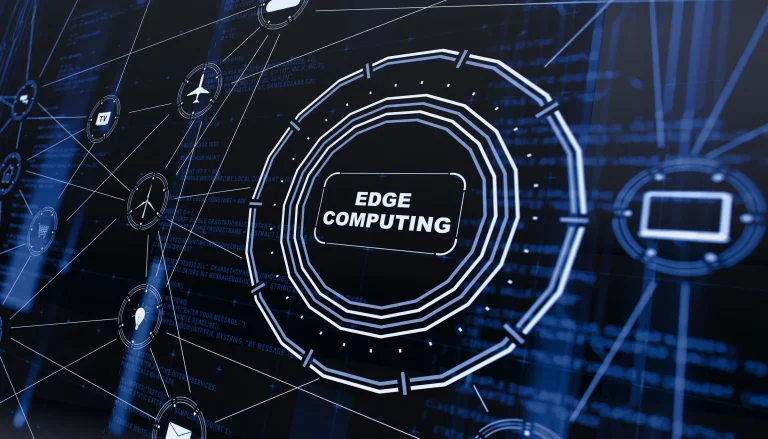In the rapidly evolving landscape of technology, one term that’s been gaining significant traction is “edge computing.” But what exactly is edge computing, and why is it reshaping the way we think about data processing? In this blog post, we’ll delve into the concept of edge computing, explore its advantages over traditional cloud computing, and discuss its applications across various industries.
Understanding Edge Computing: Edge computing can be thought of as a decentralized computing paradigm that brings data processing closer to the source of data generation. Unlike traditional cloud computing, where data is sent to a centralized data center for processing, edge computing enables processing to occur locally, at or near the source of data generation. This could be on devices such as sensors, IoT devices, or edge servers located closer to the users.
Advantages of Edge Computing:
- Reduced Latency: By processing data closer to where it’s generated, edge computing significantly reduces latency, resulting in faster response times. This is critical for applications requiring real-time processing, such as autonomous vehicles, industrial automation, and augmented reality.
- Bandwidth Optimization: Edge computing minimizes the need to transfer large volumes of data to centralized data centers, thereby optimizing bandwidth usage and reducing network congestion.
- Enhanced Security and Privacy: With edge computing, sensitive data can be processed locally, reducing the risk of data breaches during transit to centralized servers. This enhances security and privacy compliance, particularly in industries like healthcare and finance.
- Offline Operation: Edge computing enables devices to continue functioning even when disconnected from the central network, ensuring uninterrupted operation in remote or unstable connectivity environments.

Applications of Edge Computing:
- Smart Cities: Edge computing facilitates the deployment of smart city initiatives by enabling real-time data processing for applications such as traffic management, public safety, and environmental monitoring.
- Industrial IoT: In industrial settings, edge computing is used to analyze sensor data in real-time, enabling predictive maintenance, process optimization, and remote monitoring of equipment.
- Retail: Edge computing powers personalized shopping experiences, inventory management, and in-store analytics, enhancing customer engagement and operational efficiency.
- Healthcare: Edge computing enables healthcare providers to process patient data at the point of care, facilitating remote patient monitoring, telemedicine, and medical imaging analysis.
- Autonomous Vehicles: Edge computing plays a crucial role in enabling autonomous vehicles to make split-second decisions by processing sensor data locally, enhancing safety and reliability.
Conclusion:
Edge computing represents a paradigm shift in how we approach data processing, offering significant advantages in terms of latency reduction, bandwidth optimization, security, and offline operation. As the proliferation of IoT devices and real-time applications continues to grow, edge computing is poised to play an increasingly integral role in driving innovation across various industries, paving the way for a more connected and efficient future.

